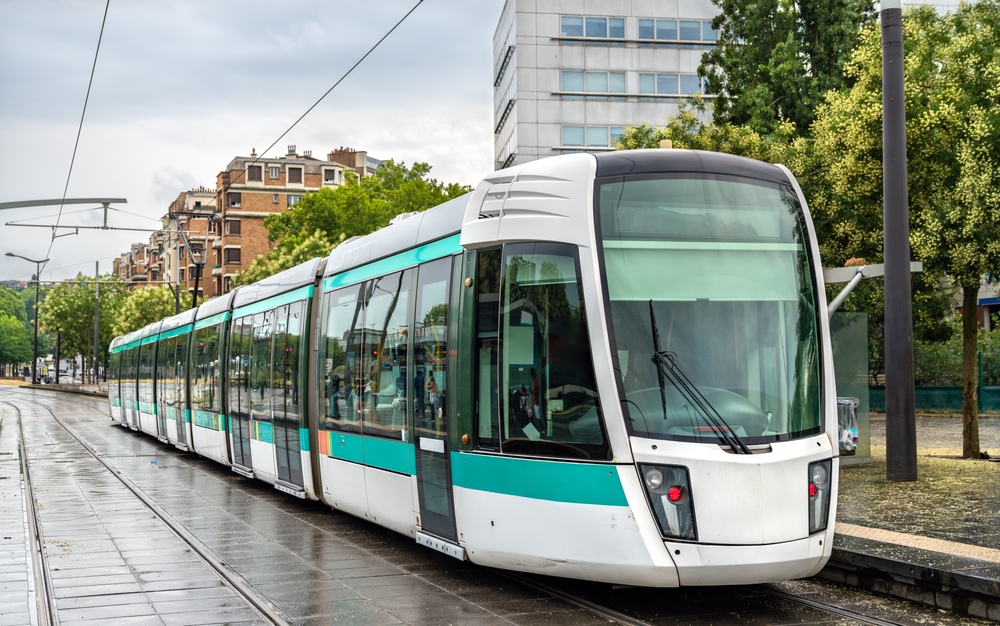Table of Contents
Paris is a city made for exploration. Whether you’re zipping between landmarks or meandering through charming neighborhoods, getting around Paris is part of the experience. The city’s transportation system is fast, affordable, and well-connected. Here’s a complete guide to navigating Paris like a local — covering the metro, buses, bikes, and the best walking routes.
Paris Metro: The Backbone of Public Transport
The Paris Métro is the most efficient way to get around the city. With 16 lines and over 300 stations, you’re never far from a metro stop.
- How to Use:
Purchase a ticket or travel pass (more below), find your line number and direction (terminus station), and hop on. - Best Ticket Options:
- T+ Ticket: €2.15 for one journey
- Carnet of 10 tickets: €17.35
- Navigo Easy Card: A rechargeable card for multiple tickets
- Paris Visite Pass: Unlimited travel for 1, 2, 3, or 5 consecutive days
👉 More Info Here
- Tips:
- Avoid peak times (8-9:30 AM, 5-7 PM) if you want to skip the crowds.
- Download the Bonjour RATP app for real-time updates and maps.
👉 Bonjour RATP App
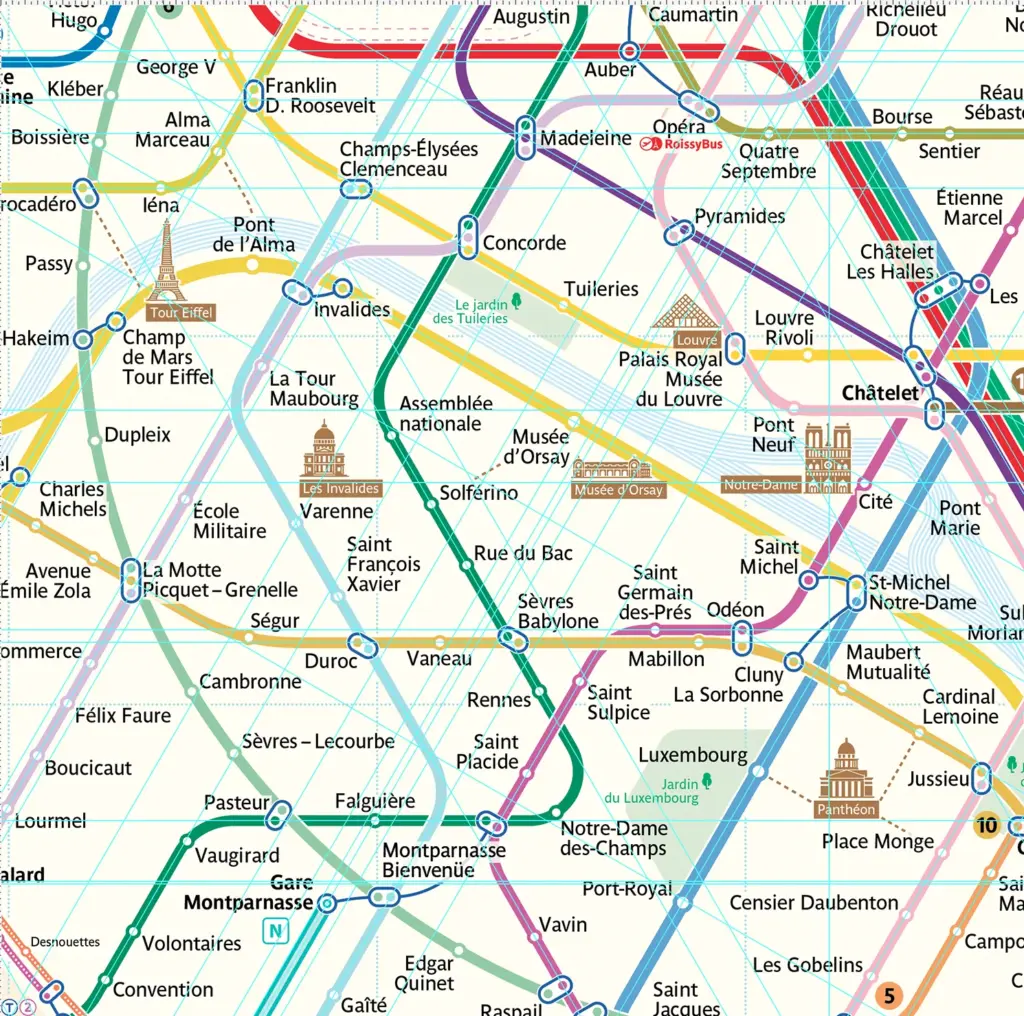
Buses in Paris: Scenic & Relaxed
Buses are an underrated but lovely way to explore Paris. They offer a slower, more scenic route than the metro — perfect for sightseeing.
- How to Ride:
Use the same tickets or passes as the metro. Buses don’t accept cash, so make sure you have a valid ticket or pass before boarding. - Recommended Routes:
- Bus 69: From Eiffel Tower to Père Lachaise — passes many major sites
- Bus 42: Eiffel Tower to Gare du Nord — great views of Paris
- Noctilien (Night Buses): Operate after the metro closes (12:30 AM – 5:30 AM)
- Tips:
- Check the electronic boards at stops for live arrivals.
- Parisian buses are accessible and stroller/wheelchair friendly.
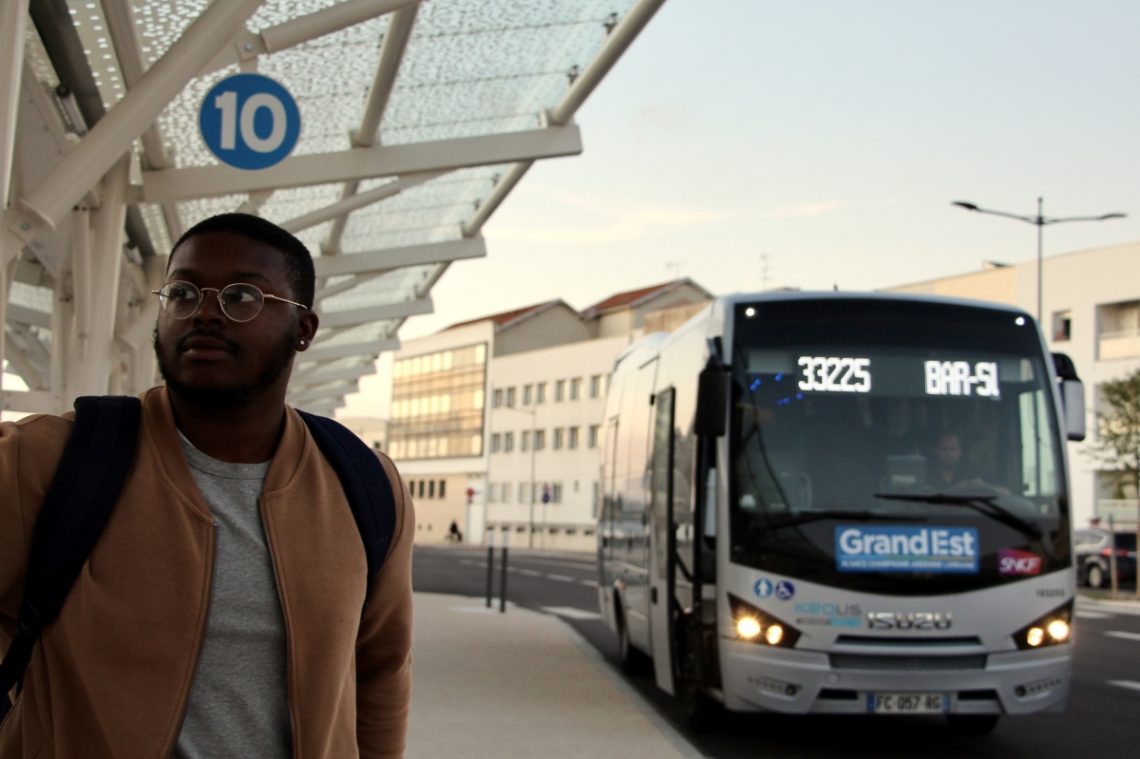
Biking in Paris: Vélib’ & Cycle Paths
If you’re feeling adventurous, cycling through Paris is one of the most enjoyable ways to get around. The city has expanded its bike lanes significantly over the past few years.
- Vélib’ Métropole:
Paris’s bike-sharing system with over 20,000 bikes (regular and electric).
👉 Vélib’ Official Site - How to Use:
- Download the Vélib’ app
- Rent a bike from any docking station
- Return it to any station in the city
- Cost:
- 1st 30 minutes of mechanical bikes are free with a pass
- €1 for every additional 30 mins
- Electric bikes cost more, but are ideal for hills
- Where to Ride:
- Along the Seine River
- Bois de Boulogne or Bois de Vincennes parks
- Rue de Rivoli, now a bike-friendly thoroughfare
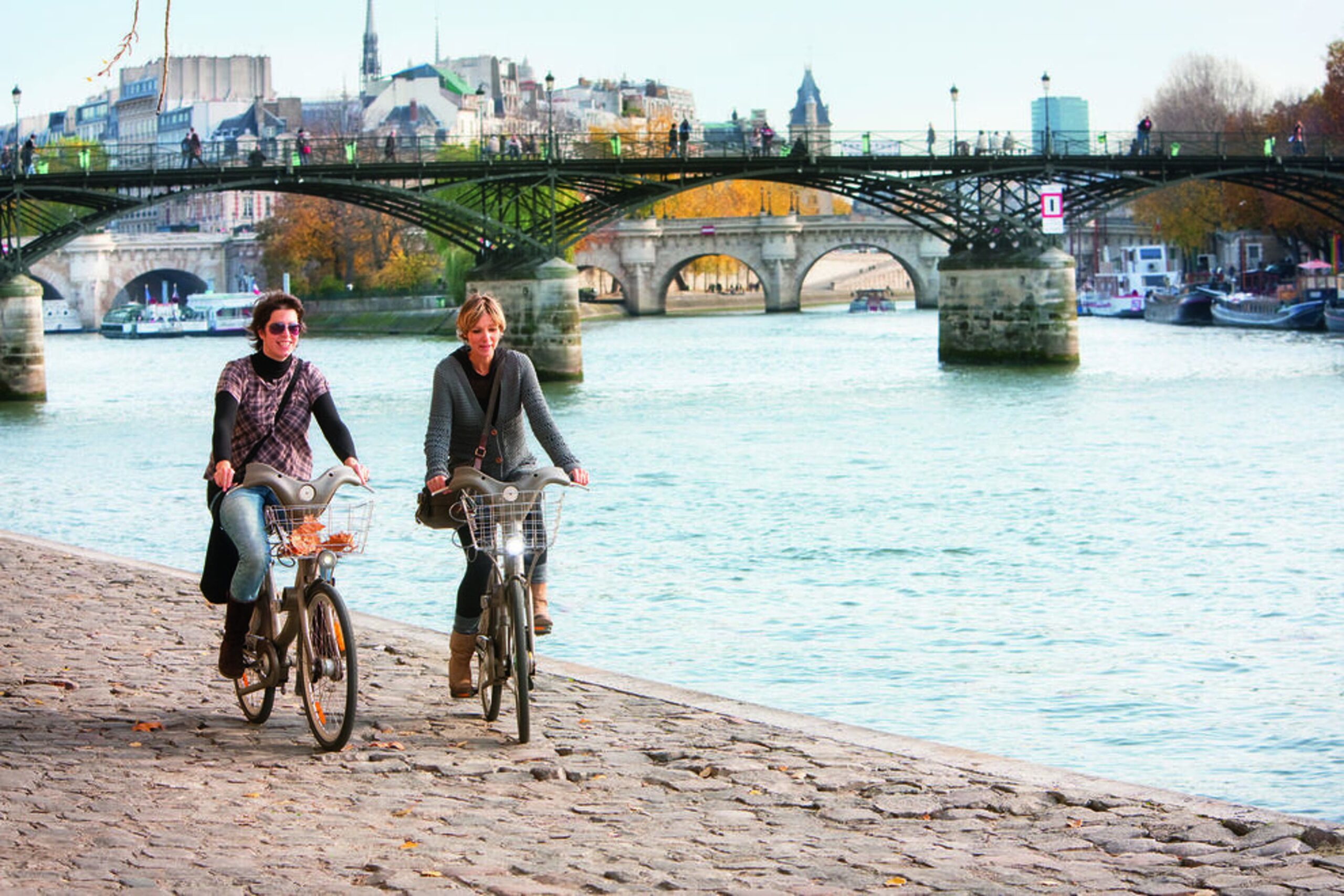
🚶 Walking in Paris: The Most Authentic Experience
Paris is best discovered on foot. The compact city center and pedestrian-friendly streets make walking a joy — especially in historic neighborhoods like the Marais, Montmartre, and Saint-Germain.
- Best Walking Routes:
- From Louvre to Notre-Dame via the Seine
- Montmartre self-guided tour (Sacré-Cœur, Place du Tertre)
- Latin Quarter stroll — cafés, bookstores, and cobblestones
- Apps to Use:
- Citymapper – great for walking + public transport routes
- Paris Walks App – self-guided walking tours
👉 Paris Walks iOS
- Tips:
- Wear comfy shoes — cobblestones are charming but brutal.
- Watch out for scooters and bikes on sidewalks.

Other Options: Taxis & Ride-Sharing
While the metro and walking are king, there are moments when you might need a cab or ride-share.
- Taxi:
Look for taxis at designated stands or call one. Avoid unlicensed drivers. - Ride-Sharing:
- Uber is available and often cheaper than taxis
- Bolt and Free Now are also reliable
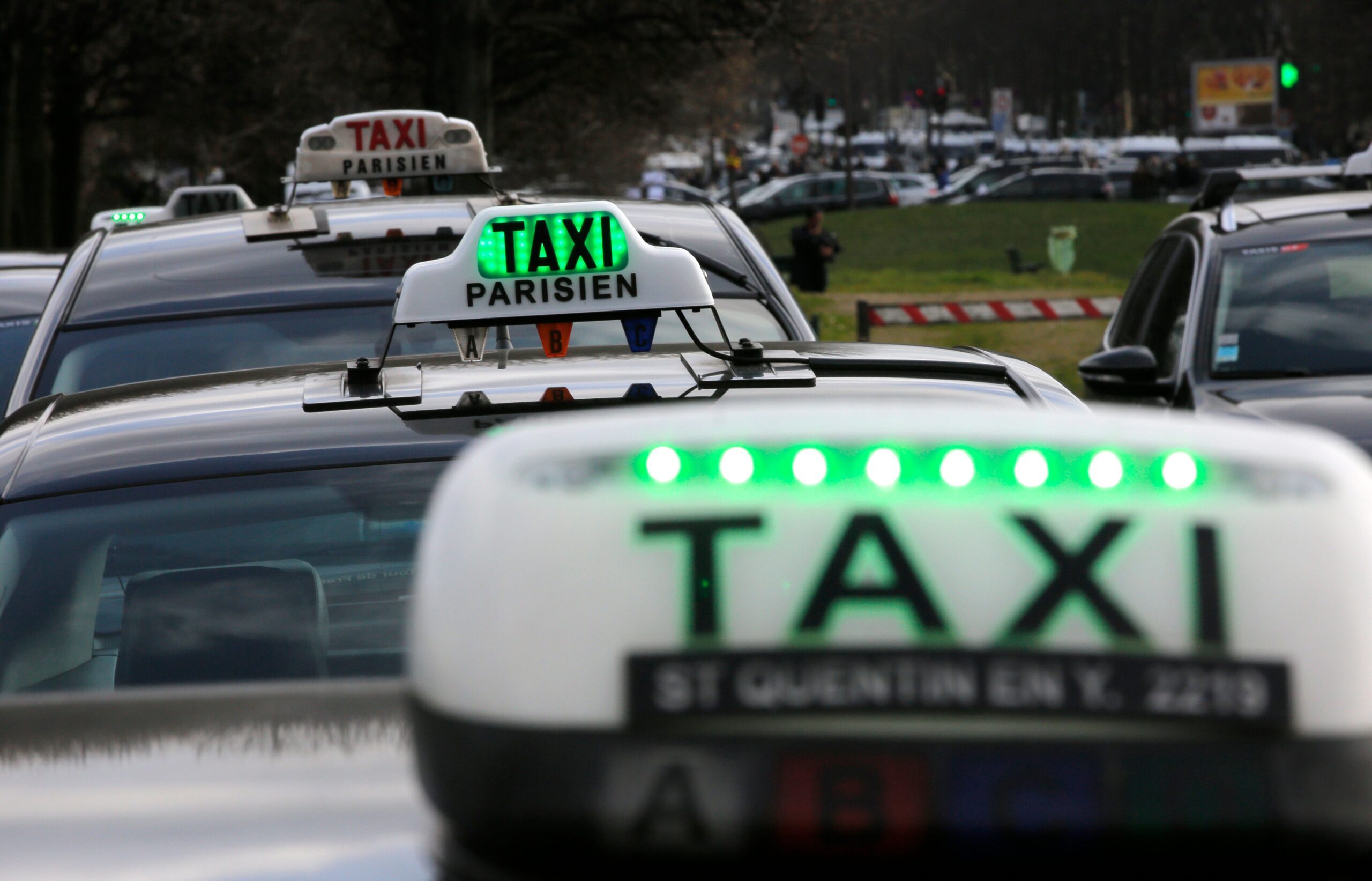
Conclusion: What’s the Best Way to Get Around?
That depends on your mood and schedule. For speed — the metro. For scenic views — buses. For freedom and fun — bikes. For the soul of Paris — walk. Mix and match them throughout your trip, and you’ll get the full Parisian experience.

